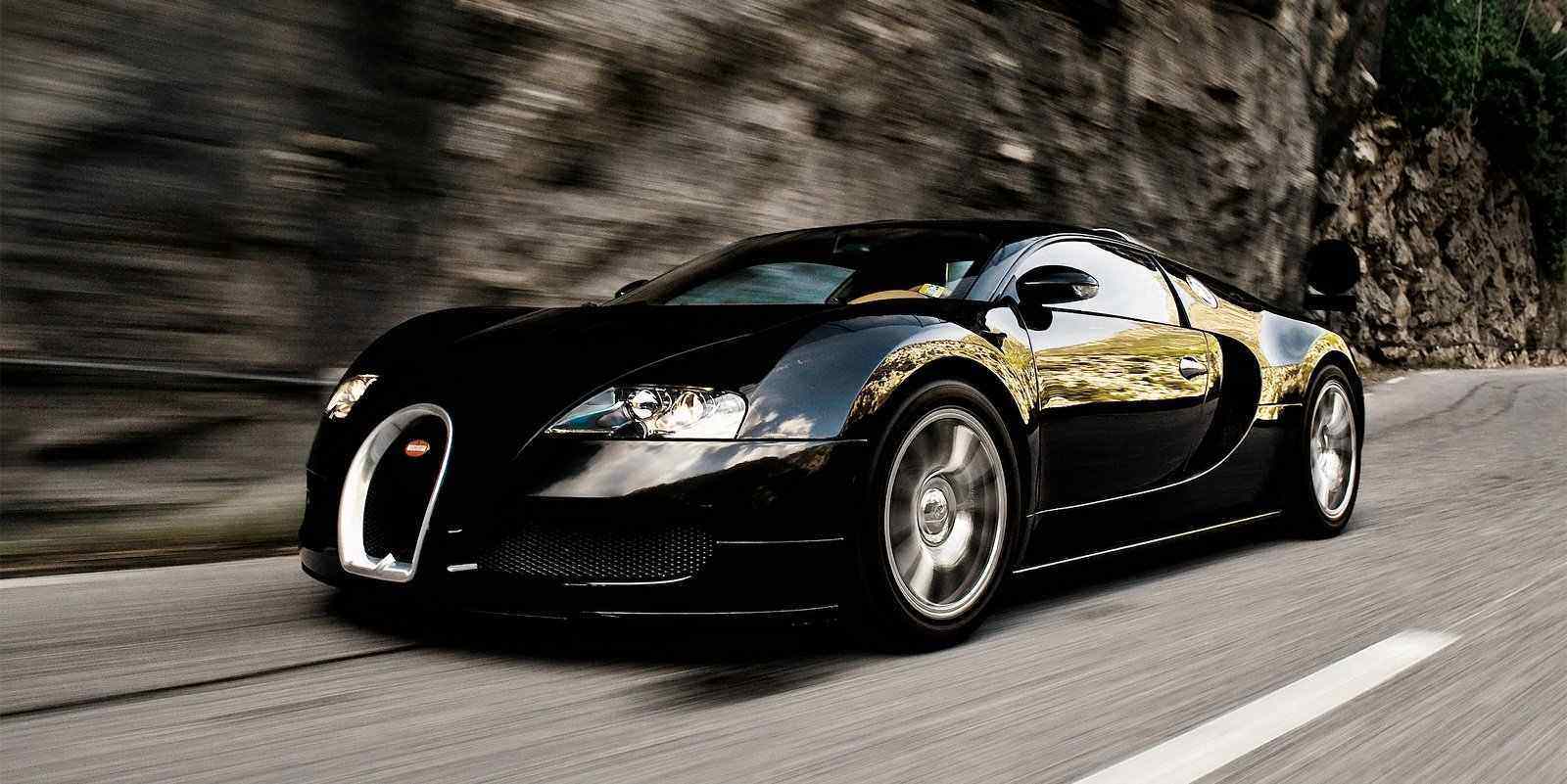Throughout the ages, new things have appeared on the earth and changed the world. It is the people of this world who amaze people by adding different dimensions to each context. And one such dimension is the Bugatti Veyron. You may have heard the name; Because its top speed car Veyron 16.4 SuperSport, with its performance surprised the experts and fans of the car. Another name for speed and style is the Bugatti brand. The fastest car in the world is the Bugatti Veyron Super Sport. Super sports cars have become brighter as stars in the sky. Bugatti Veyron was named Car of the Decade and Best Car Award in the BBC television program Top Gear 2000-2009.
Establishment of Bugatti Veyron
The brand was founded 111 years ago in 1909 by Jean and Ito Bugatti. The band initially pledged to create more acceptable and advanced automobile machines for both cars and trucks than any other machine of the time.

In 1929, William Grover won the first-ever Monaco Grand Prix at Bugatti 35B, and the brand has won two more Le Mans titles in history.
The uproar did not last long, with the financial crisis following the deaths of Eto’o and Jean Bugatti, the company’s founders.
Recovery
Italian entrepreneur Romano Artioli reclaimed Bugatti and produced parts for the aircraft until 1987. The brand’s famous Modena factory was launched in 1990, just before the EB110GT began production. Despite its success with Supercar, it was shut down again in 1995 due to poor financial condition, just a few years before Volkswagen was launched.
In 1998, Volkswagen acquired the rights to use the Bugatti logo and trade name Bugatti Automobiles S, A, S. Following the success of the EB.110 model car under the previous owner, the carmaker quickly released a series of concept cars, the latest in a series of technological advances in today’s version 16.4A.

Between October 1998 and September 1999, Bugatti introduced the concept of the Gigiro Design, each powered by a four-wheel drive, W18 engine with a Volkswagen design.
Move forward
Bugatti’s first two-door car; The next car was the EB218, which had four doors at the 1998 Paris Motor Show, and it was on display at the 1999 Geneva Motor Show. The third car, the 18/3 Chiron, was a middle-engine sports car that was on display at the 1999 Frankfurt International Motor Show.
In October 1999, Bugatti unveiled a fourth concept car at the Tokyo Motor Show. In 2000, a modified EB Veyron 16/4 was shown at the Detroit Geneva and Paris Motor Show. The three banks of the previous four concept cars were replaced by the W16 engines of the four banks of the Vernon on EB 16/4 instead of the three banks.

Veyron EB. 16/4 is named after Bugatti development engineer Pierre Veyron. He was also the race driver of this company. The Vernon is regarded as the fastest super sports car of its time. EB refers to Ettore Bugatti, the founder of Bugatti, and 16.4 refers to the sixteen cylinders and turbochargers of the engine.
Now we will know who is this Veyron, after which the brand has been named the most super fast car!
Who was this Veyron of Bugatti Veyron?
In the need of time, even one person gets from in the organization. What else can be said about what happens on earth, Veyron and maybe never imagined, his name will spread like fast on the earth. His name is widely used today as a synonym for speed. People survive for ages because of single fame. Let’s talk about Veyron, he left his name without knowing it. Bugatti recruited the world’s best racing drivers in their brands in the 1920s and 1930s. Including Italian Achilles Virgi, Frenchman Jean Pierre, and Monegasque Louis Chiron.
It is a bit strange that a car racing driver hired in the 1930s has chosen to name the world’s most powerful supercar. Pierre Veyron won the Le Mans in 1939, but he was never a first-rate driver.

He began his career in the Vueti race, one step below the Grand Prix, before working at Molshim Bugatti. Became Bugatti’s regular works driver in the 51A Vueret race at 1.5 liters. He was very successful in 1933, but the advent of stiff competition from the English ERA quickly outpaced Maserati’s old Bugatti. Then, he drove occasionally at sports car events.
During World War II, Veyron won the Crocus de Guerre as a member of the French resistance. He left this world in 1976.




